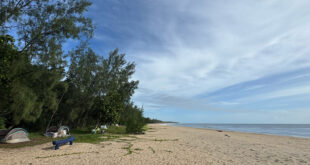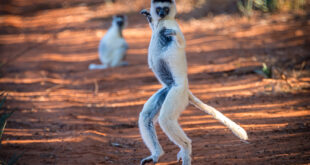Tortoises are popular, both in Madagascar and all over the world. And yet these reptiles on the red island are massively threatened. One of them is the Spider Tortoise (Pyxis arachnoides), named after the beautiful, web-like pattern of its dorsal shell. The older Spider Tortoises get, however, the more the pretty pattern disappears. Really old animals – it is assumed that they can live up to 70 years – have an almost completely cream-coloured shell without visible markings.
The Spider Tortoise is one of the only two species of the genus Pyxis, together with the flat-backed tortoise, which is also native only to Madagascar. With a shell length of just 20 cm, it is also one of the smallest tortoises in the world. Currently, three different subspecies of the Spider Tortoise are known. All three have in common that they only occur in coastal, low, and pristine spiny forests on sandy soil. The distribution area stretches with interruptions like a narrow band, nowhere more than 15 km wide, from the southwest to the deep south of Madagascar along the Mozambique Channel.
There are three different subspecies of the spider tortoise
Brygoo’s or the Northern Spider Tortoise (Pyxis arachnoides brygooi) has the northernmost range of the three subspecies. This subspecies lives in the southwest of Madagascar between Morombe and Toliara (Tuléar). The spiny forest with the famous baobabs of Andavadoaka is as much a part of the habitat as the legendary spiny forests of the Mikea, the last nomads of Madagascar, in the Mikea Forest National Park. The national park covers 2367 km² between the two rivers Manombo and Mangoky. Since 2015, two other protected areas of 4.26 km² (Mangoky-Ihotry, managed by Asity Madagascar) and 640 km² (Velondriake locally managed marine area) exist in the region. The area around the brackish water lake Ihotry southeast of Morombe probably belonged to the habitat of the Spider Tortoise in the past, but observations from there are the absolute exception today. North of Toliara, the Spider Tortoise still occurs in the 0.57 km² Reniala reserve in Ifaty-Mangily. Brygoo’s Spider Tortoise can be easily distinguished from the other two species: The front hinge of its abdominal carapace is completely immobile.
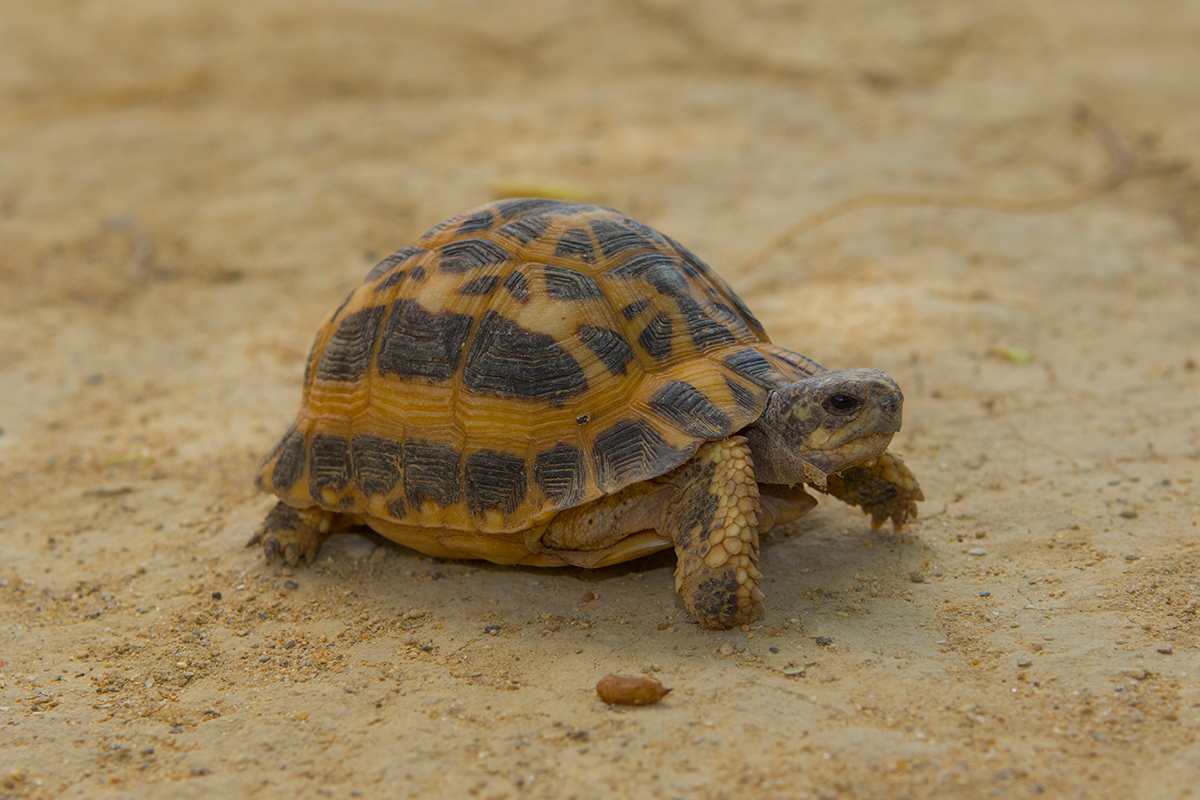
The “real” Spider Tortoise (Pyxis arachnoides arachnoides) has its home between Toliara (Tuléar) and Anakao in the deep south of Madagascar. This area includes the Bay of St. Augustin, the Tsimanampetsotsa National Park as well as the 54.26 km² Tsinjoriake-Andatabo Conservation Area, which was established in 2014. Like the northern subspecies, this Spider Tortoise shows a completely beige ventral carapace, but the front hinge is a bit mobile.
The third subspecies, the Southern Spider Tortoise (Pyxis arachnoides oblonga), is found only in a very narrow area that includes the Cap St. Marie Special Reserve at Faux Cap, between the coastal villages of Lavanono and Talaky on the Manambovo River. The most striking feature of this subspecies is that the ventral carapace has black markings. In addition, the Southern Sider Tortoise can pull the foremost part of the abdominal carapace upwards. Why has not yet been researched – however, the protective mechanism functions far less stably than in box turtles.
Spider tortoises spend much of the year hiding in leaves and sand
Spider Tortoises are most active in the early morning. The beautiful, small turtles are pure vegetarians. They mainly consume grasses and the thick, small leaves of the various water-storing plants of the south. But those who want to survive in Madagascar’s thorn forests cannot always be choosy. Spider Tortoises have also been observed eating the dung of the ubiquitous zebus. And if a fruit falls from a tree during the rainy season, it will certainly not be spurned.
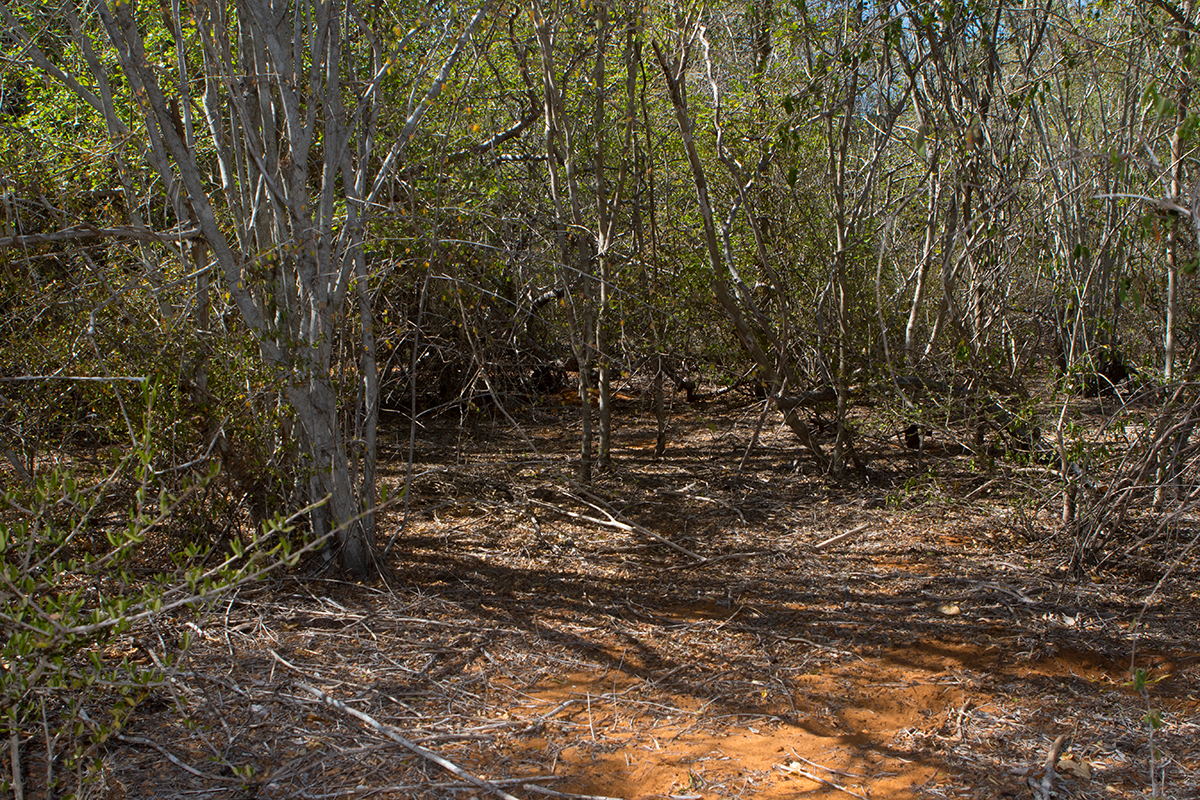
Spider Tortoises have a very special annual rhythm, which is related to their barren habitat. During the dry season, they remain in the dry, arid foliage or buried superficially in the sand under bushes and shrubs. They reduce their activities to an absolute minimum. During the dry season, the temperature in southern Madagascar regularly exceeds 35°C during the day. At night, however, temperatures drop precipitously and can drop into the single digits. Only in the rainy season does it stay warm again at night and thus pleasant for the turtles.
Each female lays only a single egg per clutch
With the first heavy rains in November, the Spider Tortoises awaken from their dry dormancy. The rain turns the parched soil into fertile ground. Plants sprout, green, and blossom where before it was barren and arid. In this miraculous change of the thorn forest, the male spider tortoises begin to look for females willing to mate. To do so, they sometimes travel amazing distances. The mating is astonishingly loud for such small animals – anyone who has ever observed these turtles mating will confirm this.
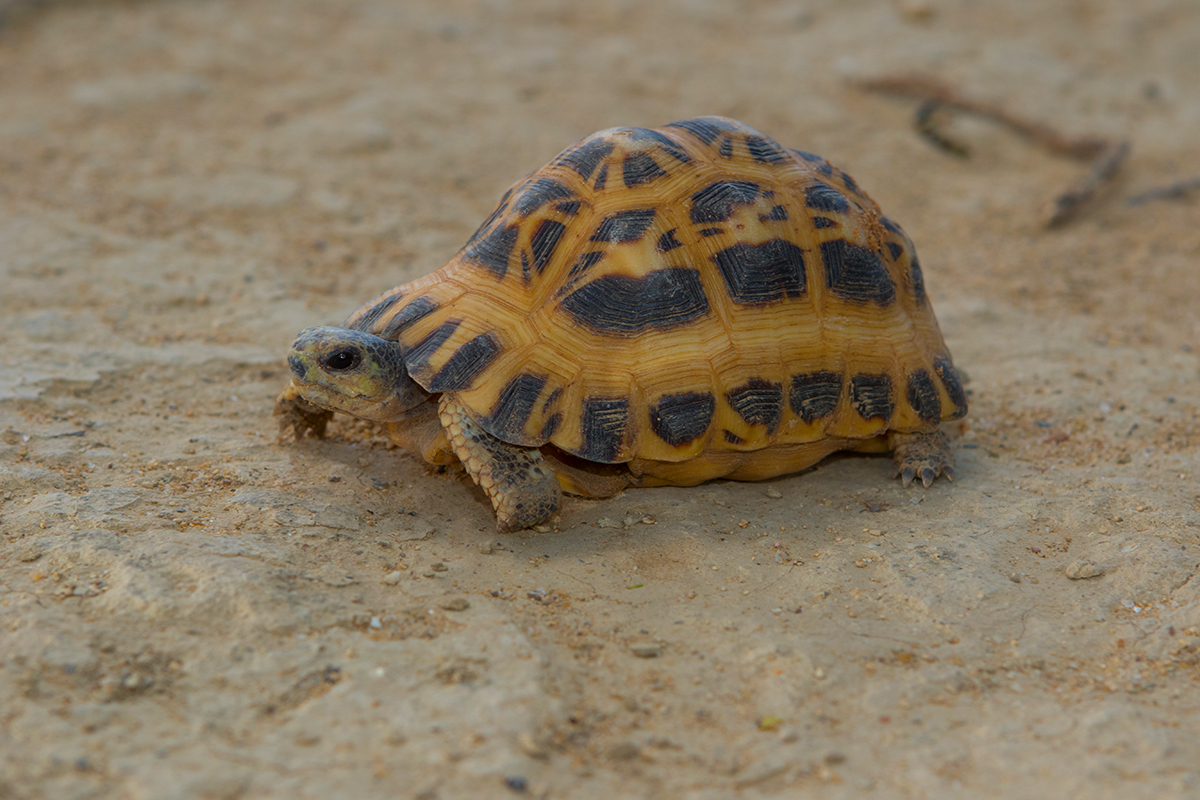
After a few weeks, the female begins to dig a nest in the sand that is only a few centimetres deep. She lays exactly one egg in it. In good rainy seasons, the female can produce two clutches. Only after seven to eight months, i.e. in the middle of the next rainy season, one young animal hatches from each clutch. The timing could not be better. Only during the rainy season does the newly hatched tortoise have a chance to find enough food to grow considerably in a few months and to be well prepared for the next dry season. Spider Tortoises do not become sexually mature until they are an estimated ten to twelve years old. This is also late for tortoises. The low and extremely slow reproduction rate means that Madagascar’s Spider Tortoises have very easily become victims of changing living conditions.
The habitat of the spider tortoise is disappearing
The harsh environmental conditions do not make it easy for people and animals in the south of Madagascar. It is not for nothing that the poverty of Madagascar’s people is greatest here: there are hardly any opportunities to grow vegetables, fruits, or the otherwise ubiquitous rice on the island. The soil is simply too dry. There is hardly any infrastructure. Due to a lack of school education, especially in the more remote regions, there are no opportunities for alternative income. Thus, people in southern Madagascar cut down the last thorn forests for firewood, charcoal, or agriculture, let their zebus graze in them or simply help themselves directly to the turtles out of hunger. In addition, concessions for mining have been granted in several “protected areas” in recent years. The loss of more than 80% of the habitat leads to the fact that the different turtle populations not only become smaller but also no longer find each other. Currently, there are only eight populations of spider tortoises left.
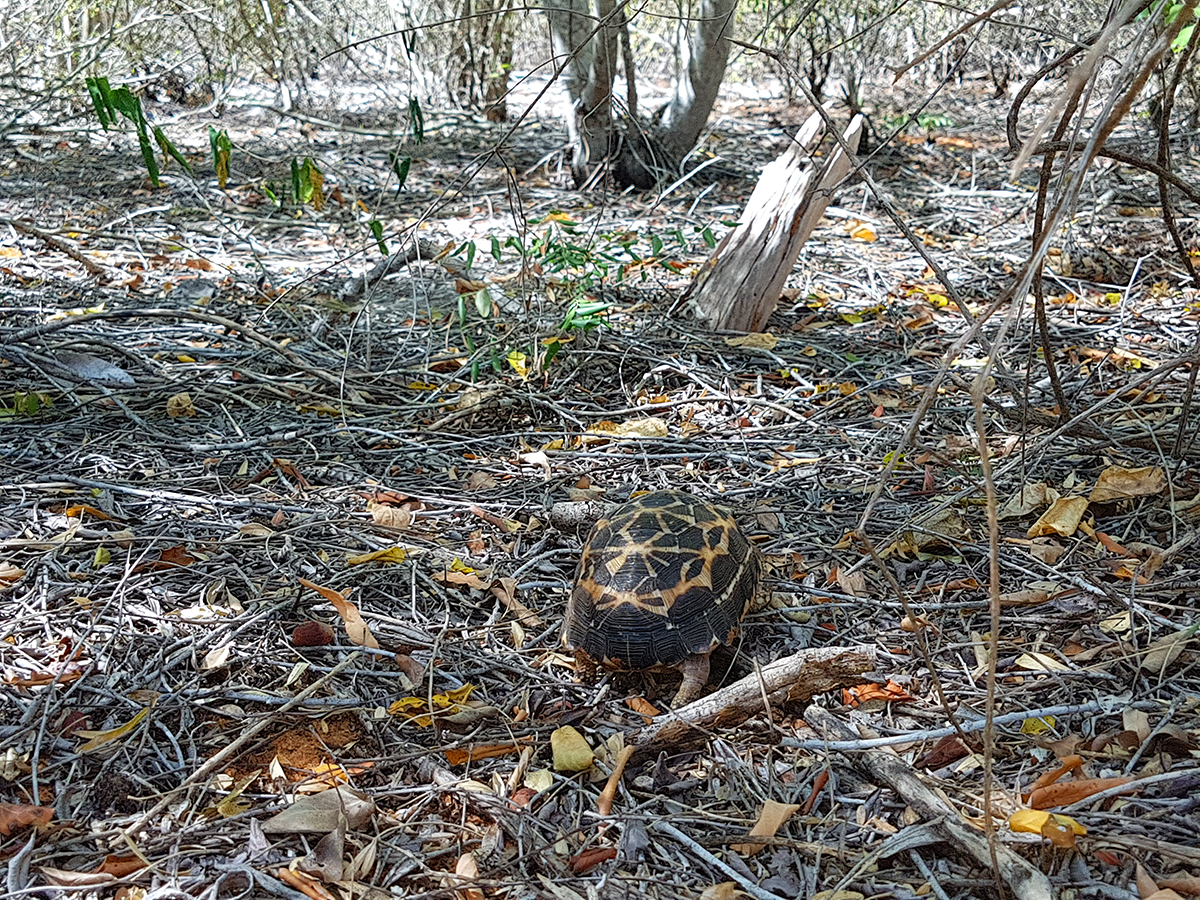
The rarity of the Spider Tortoise additionally leads to a phenomenon known from other rare animals such as the Angonoka: collectors, especially in Asia, pay horrendous sums for the tortoises. Spider Tortoises are strictly protected in Madagascar. But in a country where corruption is the order of the day, smuggling is a lucrative business. Obscure Asian markets also use the livers of Spider Tortoises as pseudo-medicines.
Does the Spider Tortoise have a future?
Climate change could also become a problem for Spider Tortoises. The rainy seasons in southern Madagascar are becoming noticeably shorter. The droughts of the dry seasons are increasing and becoming more extreme. In some years, there is already no rain at all. Without the rainy season, however, the tortoises cannot reproduce. So a fascinating little tortoise could become the big loser of climate change. Unnoticed by the public – because who pays attention to a small tortoise in the Indian Ocean?
Madagascar’s Spider Tortoises are thus struggling with many problems. They are now listed as “Critically Endangered” on the IUCN Red List. Already in the 2010s, Spider Tortoises were among the 40 most threatened tortoise species in the world. Unfortunately, the actual protected areas of southern Madagascar currently promise only insufficient real protection for the tortoises. A small ray of hope is that the species has now been propagated in small numbers in the terrarium trade for many years. It is possible that Madagascar’s Spider Tortoises will need this population outside their own habitat even more urgently than expected.
 MADAMAGAZINE Your Magazine about Madagascar
MADAMAGAZINE Your Magazine about Madagascar

